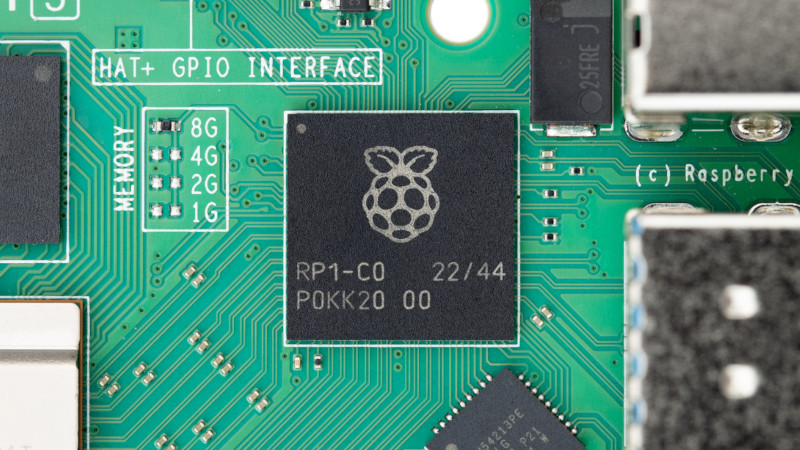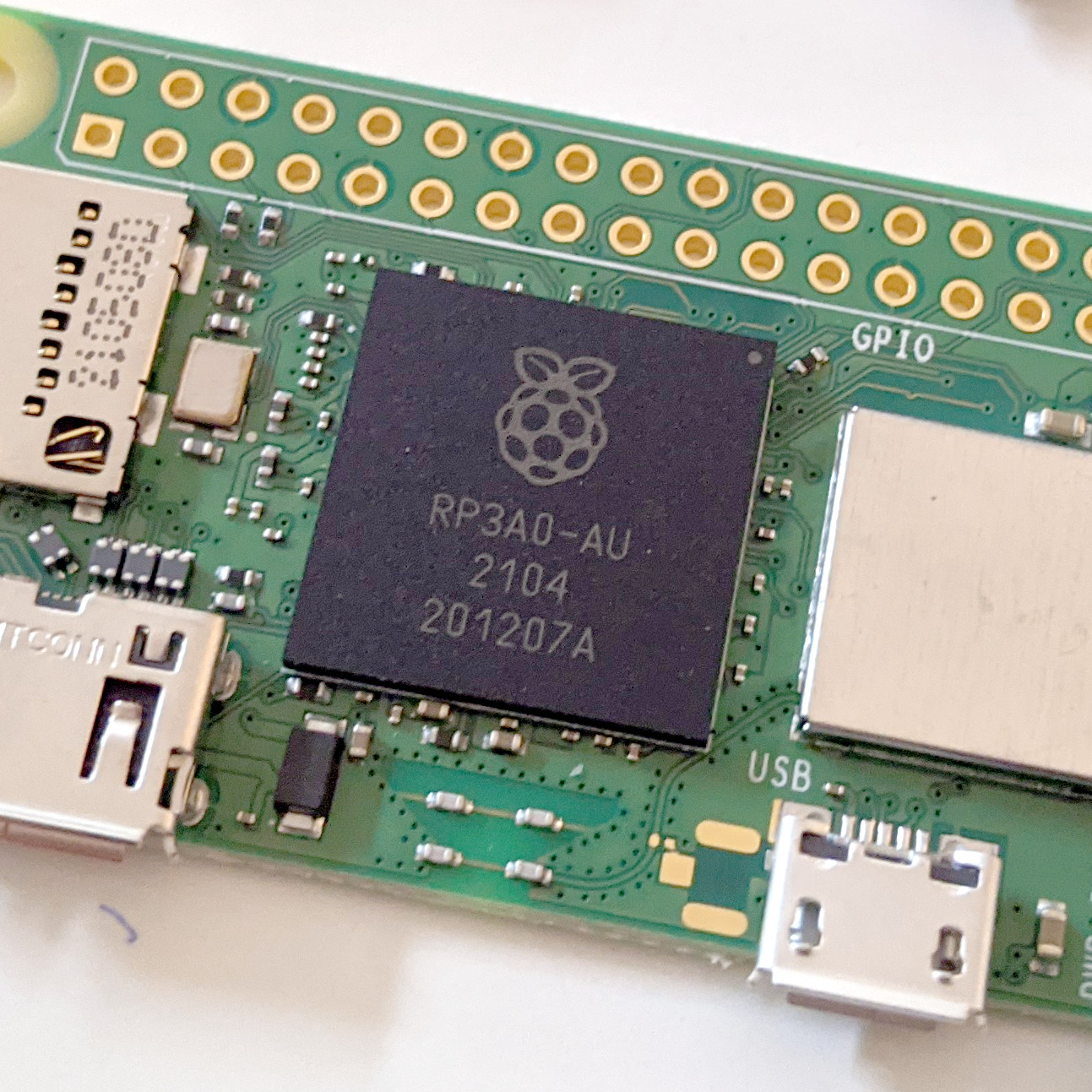Why The RP1 Is The Most Important Product Raspberry Pi Have Ever Made [Hackaday]

We’ve had about a week to digest the pending arrival of the Raspberry Pi 5, and it’s safe to say that the new board from Cambridge has produced quite some excitement with its enhanced specifications and a few new capabilities not seen in its predecessors. When it goes on general sale we expect that it will power a slew of impressive projects in these pages, and we look forward with keen anticipation to its companion Compute Module 5, and we sincerely hope eventually a Raspberry Pi 500 all-in-one. It’s the latest in a line of incrementally-upgraded single board computers from the company, but we think it conceals something of much greater importance than the improvements that marked previous generations. Where do we think the secret sauce lies in the Pi 5? In the RP1 all-in-one PCIe peripheral chip of course, the chip which provides most of the interfacing on the new board.
A Board Maker Becomes a Chip Designer

So far we’ve seen three pieces of custom silicon from Raspberry Pi, the RP1, the RP2040 microcontroller which is effectively an RP2, and the RP3 system-on-chip found in the Pi Zero 2 W. The numbering denotes their development timetable, and the RP1 project dates back to 2016.
The RP2040 uses a vanilla set of ARM parts joined by those Pi-designed PIO peripherals, while the RP3 is the same Broadcom SoC as found in the original Raspberry Pi 3 sharing a package with 512 MB of RAM. It’s evident that they are becoming more of a chip design house than they are a maker of boards with each successive new product, and with each iteration their capabilities increase.
The RP1 is a chip that puts nearly all of the Pi’s external interfaces onto a PCIe peripheral, but in reality we think it’s more than that. What they have done is take everything that makes a Raspberry Pi a Raspberry Pi, and take it away from the SoC into a chip of its own. From a hardware perspective this makes some of the interfaces faster and adds a few new capabilities, but we think that the true value of this chip to the Raspberry Pi folks is a strategic one.
All of their previous boards used the built-in peripherals of the Broadcom SoC with the addition of a third-party Ethernet and USB hub chip, but an RP1-based Pi frees them from reliance on the SoC for the interfaces. Because the RP1 is now a Pi-in-a-chip that just needs an application processor, memory, and GPU to run, they can now make a Pi with any processor and GPU which will work just like the previous models if they maintain their rock-solid operating system support record.
A Pi Beholden To No Other

In theory then with the RP1 in hand they could make a Pi with any CPU that’s powerful enough and which has a PCIe interface, but this is unlikely to mean a radical departure in terms of architecture. We don’t expect a RISC-V Pi or an x86 Pi then, but this does mean that there doesn’t necessarily have to be an ARM Pi with a chip from Broadcom. They can now make a Pi with another manufacturer’s silicon at its heart, but if we had a chance to place a bet we’d be guessing that their roadmap has Raspberry Pi silicon front and centre. Our crystal ball is a little cloudy, but if there’s an RP4 or an RP5 in the works it wouldn’t stretch the imagination too far for them to put application cores and a GPU in it as the driving force behind a future Raspberry Pi 5 or 6.
Whatever happens in the future, the RP1 is definitely more than just a peripheral and its true importance to the Raspberry Pi as a product will become apparent as their product cycle evolves. We’ve been treated to a limited data sheet which has revealed a few new capabilities such as an analog-to-digital converter, and there are hints of a few more revelations to come. If we had a wishlist it would be for an RP1 with some of those RP2040-style PIOs. Meanwhile the mere thought of a future Pi with a Raspberry Pi application processor is intriguing, not least because they might be more amenable to releasing their blob source than Broadcom have been.
We’re reminded of the famous Rolling Stones song then, in that we can’t always get what we want, but if even a few of the above predictions for the RP1 come to pass, we just might find we get what we need.

![why-the-rp1-is-the-most-important-product-raspberry-pi-have-ever-made-[hackaday]](https://i0.wp.com/upmytech.com/wp-content/uploads/2023/10/147500-why-the-rp1-is-the-most-important-product-raspberry-pi-have-ever-made-hackaday.jpg?resize=800%2C445&ssl=1)